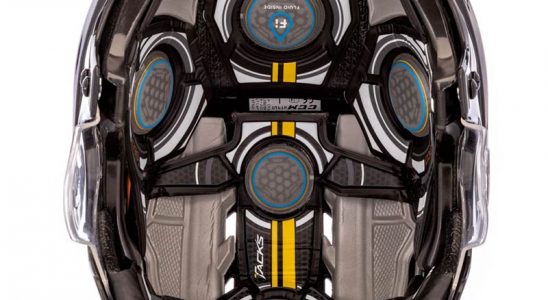Realities and Truth – The Real Story of Soccer Concussions and Heading
Soccer concussions don't come from heading the ball as much as you'd think. Read about soccer concussion myths, facts, prevention,…
Read More
It’s race morning. I wake to hear the howling of the wind outside my hotel window and peak through the curtains to see a few scattered snowflakes swirling, typical for Hamilton, Ontario. Instantly my heart rate seems to have jumped through the roof with the thought of the 30km torture that lies ahead of me. “I’ve got this” I say aloud as I reach for the small bottle of “CBD oil” sitting on the nightstand. The calm before the storm.
With the imminent legalization of cannabis in the Canadian market, sports medicine clinics have been flooded with enquiries from athletes as to how they can effectively utilize cannabis for recovery and sport performance. Marketing departments at flourishing cannabis companies are riding the wave of hype. With professional and amateur athletes being self proclaimed gurus on the positive benefits of cannabinoids, there will be a rush on the desire to access cannabidiol (CBD), specifically, to harness these apparent benefits. To build on the locker room chatter even more, the World Anti-Doping Agency (WADA) delisted CBD as a banned substance on the 2018 Prohibited List stating ‘cannabidiol is not a cannabimimetic and has no psychoactive activity’.
But does all the hype hold up to the rigours of the scientific process? Is the CBD that has been the subject of dozens of clinical trials the same as the “CBD” that is offered in stores, dispensaries, and online? Does human physiology respond to CBD in the ways purported? Simply put, there is only anecdotal “evidence” to support increased performance in endurance sport and no literature to support improved recovery in the athlete. Kind of a hard pill to swallow if one is looking for an easy addition to training and racing. Moreover, most testimonials are not coming from “pure CBD” but from extracts that contain “CBD”, trace to modest THC, and numerous other constituents.
One of the desired physiologic responses in an endurance athlete is to modulate heart rate. More specifically, a lower heart rate at the same work load is physiologically desirable. In a 2017 study published in The Journal of Clinical Investigation Insight, the young male subjects (all were Cannabis naïve) who used a purified CBD (600mg of high potency, pharmaceutical CBD; <0.15% THC) responded (two hours later) with a decrease in resting blood pressure but also experienced an INCREASE in heart rate (an average of 10 beats/min) during low intensity isometric exercise stress (keeping a hand grip device closed against a resistance of 30% of the maximum grip strength of each subject, for two minutes). Additionally, taking CBD led to a decrease in blood flow.
While these effects may be a benefit in some sports, it could potentially exert an ergoLYTIC response (i.e. a decrease in performance) for endurance (or strength) athletes! The mechanism of this effect has yet to be explored. If, in fact, CBD works by inhibiting certain elements of the nervous-cardiovascular system axis, WADA may just need to relook at delisting the compound since it may be acting similar to a beta-blocker (a class of banned substances). Golf or biathlon, anyone?
Further, to the in-sport ergogenic speculation of CBD, there is much chatter about improved recovery rates. Are there musculoskeletal effects that improve ones ability to adapt to training? Can CBD decrease pain and thus afford a quicker return to training? Again, no evidence with pure CBD, or hemp extracts, or “CBD oil”. Sleep quality has been shown to be untouched by CBD in a recent study in Frontiers in Pharmacology with 300mg of ultra pure, pharmaceutical CBD—would it have a positive effect among intensively training athletes leading up to a race? The debates still rage. Albeit, research is starting, there is no conclusive evidence that CBD (even in its purest form) will have magical performance-enhancing effects. As such, editorial comment in the journal Joint Bone Spine suggests that it is ‘not currently possible to recommend cannabis and cannabis-based medicines as therapy for patients with musculoskeletal pain’. With a non-recommendation like this, why are athletes using the compound? Why do some “CBD” products work and others don’t? Another example of evangelism outpacing evidence, and product variability all over the map…but something is going on.
Currently, the use of products that are “CBD”-centric, to enhance sport training, performance, or recovery, are not supported by any research in humans. What will the future winds of research bring?
Soccer concussions don't come from heading the ball as much as you'd think. Read about soccer concussion myths, facts, prevention,…
Read MoreIn today's fast-paced world, being a young and active woman often means juggling multiple responsibilities, from career ambitions to personal…
Read More
Hockey, a high-energy sport combining skill and strength, has witnessed an increased focus on player safety in recent years. The…
Read More